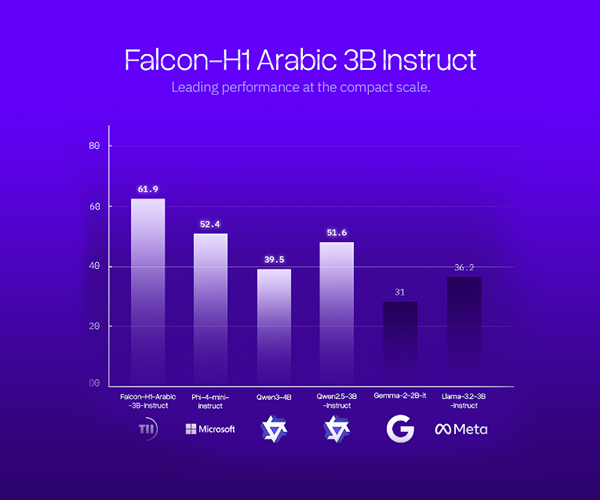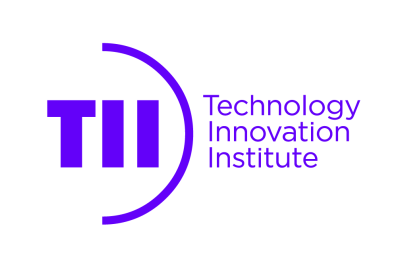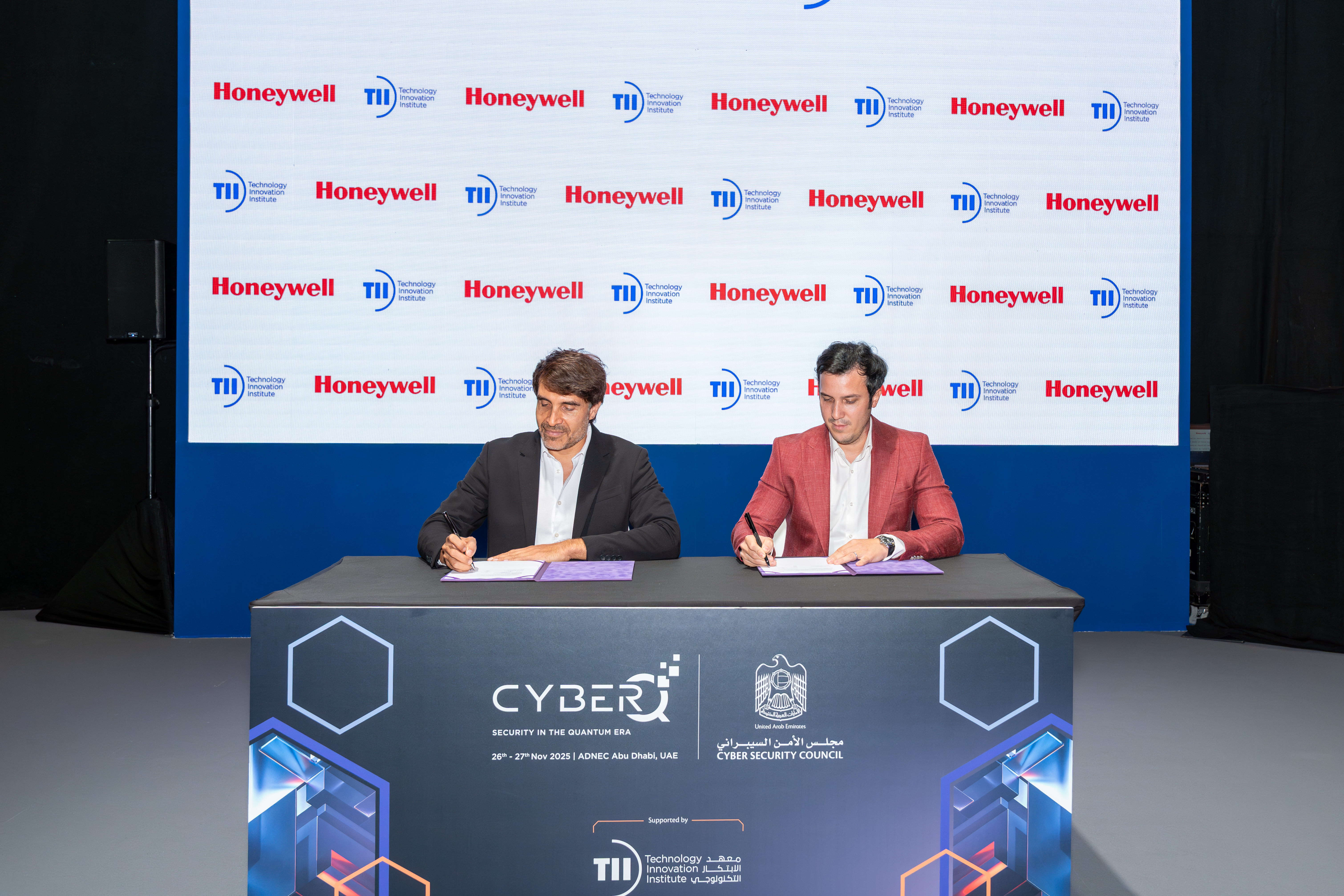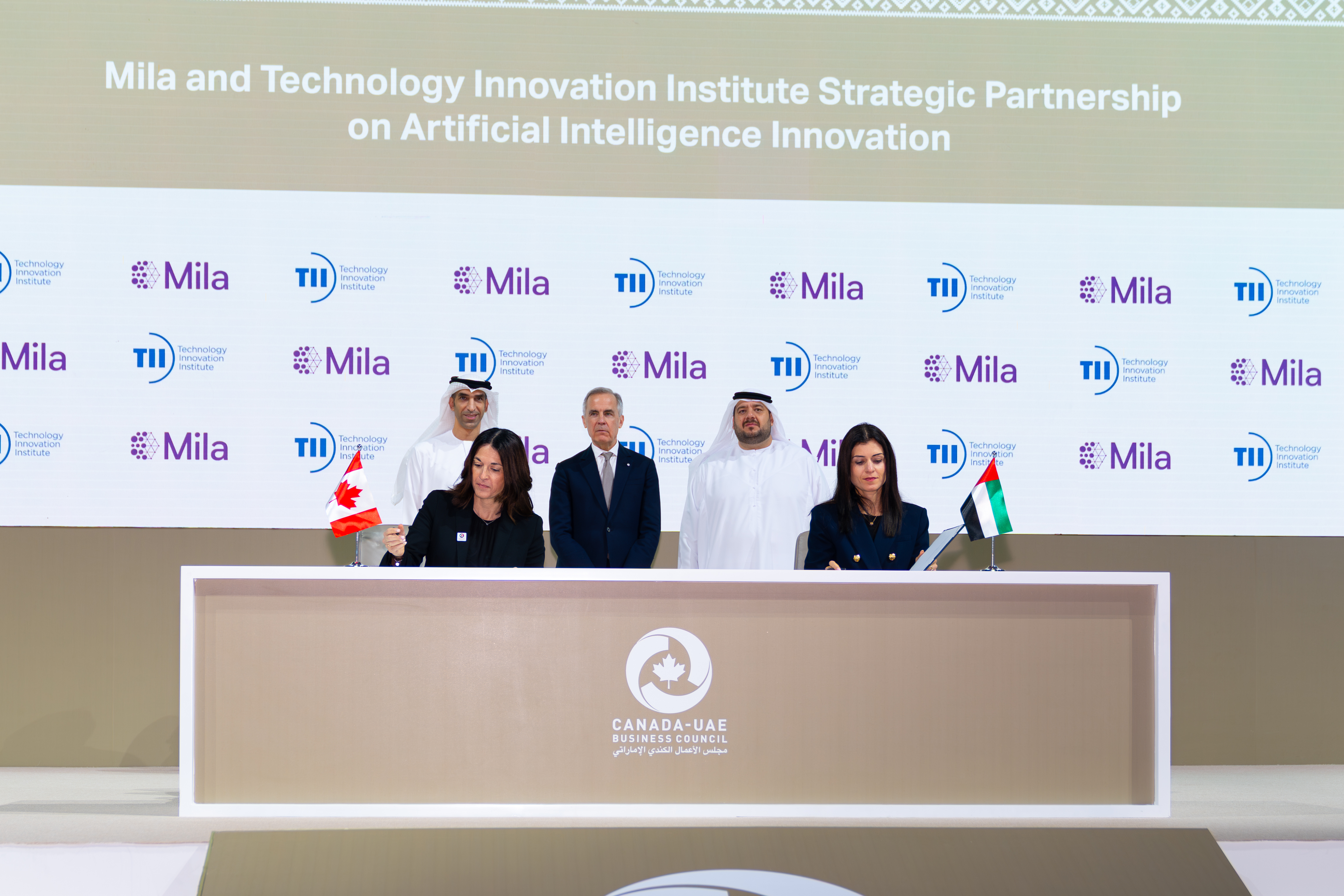The internet was a life changing technology and its next avatar, the quantum internet, will be more secure and link together far more powerful devices. Ultimately, such a quantum network will distribute quantum states and entanglement on a global scale, necessarily involving quantum satellite links.
Quantum communication --the driving force behind the deployment of the quantum internet-- offers mathematically perfect security and as such is one of the most anticipated disruptive technologies. However extending this to a global scale communication network, including long distance communication, faces significant challenges. For the foreseeable future, all large scale quantum networks will include satellite quantum communication: the focus of this collection. Several research groups, governments and companies are heavily invested in space quantum communication and there are many planned quantum satellite launches.
This collection will cover research in supporting technologies, new quantum protocols, inter-satellite QKD, constellations of satellites, and quantum inspired technologies and protocols for space based communication. The goal is to support developments during all major steps including, but not limited to, novel feasibility studies, field tests, space qualification of components/systems, time/clock synchronisation, and a variety of mobile platforms. Space based quantum communications platforms may host tests of fundamental physics, and such work is also welcome. The collection aspires to present an important overview of the state-of-the-art of the field, and to be an authoritative reference for the near future.
Important dates and information
Focus Collection articles are invite-based. However, if you are interested in submitting an article to the issue, please contact the Guest Editors. Contributions are welcome from October 20, 2020 to April 30, 2021, and accepted papers are published on a rolling basis as soon as they are ready.
All contributions should report new, original results, and will be subject to the same review process and high standard as regular Communications Physics articles. We are not seeking review material at this stage but we will consider relevant commentaries and review articles if a case is made for it and in agreement with the guest editors and editorial team.
Submit your paper
Please read the Focus Collection policies page before submitting, and make sure your article is prepared according to our Submission Guidelines and formatted as detailed here.
To submit your invited manuscript as part of this Collection, once logged into our online submission system, select “Article” under the article type. Fill in all information as for any regular submission. At step “2. Manuscript Information” in the submission form, under the tab “c) Subjects and Techniques” chose the Collection title from the drop down menu. You can also specify that your manuscript is invited for the "Space Quantum Communication" Collection under “Previous interactions” in the "d) Detailed information" tab. Authors should express their interest in the Collection in the cover letter.
As an Open Access journal, Communications Physics offers an optional transparent peer review system, and is supported by Article Processing Charges. Should your work be accepted for publication you will therefore be asked for this fee. Further information about article charges and waivers are available here.
In addition to papers on the simulation of spin Hamiltonians, Communications Physics welcomes original research in the field of optical computing.
About the Guest Editors
Siddarth Koduru Joshi is a Research Fellow at University of Bristol’s Quantum Engineering Technology labs (QET labs). He works in quantum enhanced sensing & metrology and quantum communication. He has worked on 4 quantum communication cubesat projects and is the science team leader for an ESA selected mission to the International Space Station to test fundamental quantum physics. He also works on long distance fibre optic quantum communication, many-user quantum networks and their protocols. Siddarth completed his PhD in NUS Singapore on loophole free Bell tests, a postdoc at IQOQI in Vienna and he is currently part of UK’s national quantum communication hub and quantum imaging hub.
James Grieve is a principal investigator at the Quantum Research Center, Technology Innovation Institute, Abu Dhabi, and a visiting associate research professor at the Center for Quantum Technologies, National University of Singapore. His research centers around the practical implementation of quantum communications technologies, including both fibre-based and satellite quantum key distribution. He was involved in Singapore’s SpooQy-1 nanosatellite mission, and his current activities include developing ground station technology for future quantum satellite missions. He obtained his PhD from the University of Bristol in 2012.
Erik Kerstel is full professor of physics at the University of Grenoble Alps and director for science and education of its space center (CSUG). His research interests are in applied spectroscopy and instrumentation development, as well as quantum optics. He holds an MSc of the Eindhoven Institute of Technology, The Netherlands, and a PhD of Princeton University, USA. His team has specialized in the development of miniaturized ultra-sensitive spectroscopic instrumentation for demanding environments, such as in-situ, real-time water isotope measurements on stratospheric aircraft and the Antarctic glacier. With the NanoBob project he strives to bring quantum communication to CubeSats.







